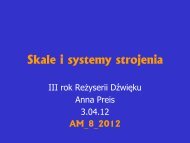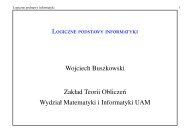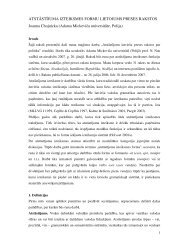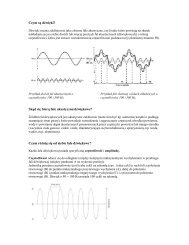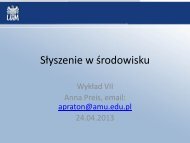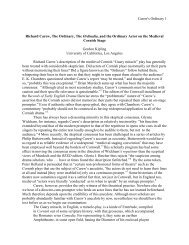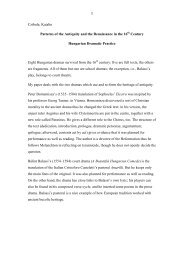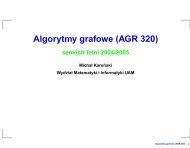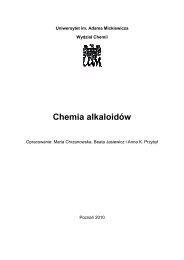Amir Weiner Getting to Know You
Amir Weiner Getting to Know You
Amir Weiner Getting to Know You
You also want an ePaper? Increase the reach of your titles
YUMPU automatically turns print PDFs into web optimized ePapers that Google loves.
GETTING TO KNOW YOU 23<br />
time. 61 The system, however, did not miss a beat. On the contrary, the war<br />
and its immediate aftermath saw the expansion of information gathering, the<br />
scope of which could only be imagined before the war. How did they do it?<br />
Archivists <strong>to</strong>ok the lead in solidifying and expanding wartime information<br />
gathering. German-occupied Es<strong>to</strong>nia was a case in point. The entire Special<br />
Department of the national archives of the young Soviet republic, including<br />
the 200,000 index cards of the interwar Es<strong>to</strong>nian political police, was<br />
evacuated in 1941 <strong>to</strong> Kirov, where a small team of specialists worked around<br />
the clock <strong>to</strong> systemize the material and expand it by 53,000 additional cards.<br />
In the fall of 1944, some 160,000 biographical cards of Es<strong>to</strong>nians who had<br />
served in German military formations, compiled by the Germans and left<br />
in Es<strong>to</strong>nia, were added for operational use by the returning Soviet regime.<br />
The number of categories in the Soviet card index was also growing fast,<br />
expanding from the 27 categories in 1939 <strong>to</strong> include wartime additions of<br />
members of anti-Soviet nationalist organizations, diplomatic representatives<br />
of the interwar sovereign governments, and people who had fled the country<br />
following the Soviet annexation. 62<br />
The “business as usual” mode was emphasized by the ongoing verification<br />
of the political reliability of tens of thousands of evacuees who were drafted<br />
in<strong>to</strong> NKVD-led labor battalions and national armed groups, as well as<br />
ordinary evacuees. In 1943, for example, the Party requested inquiries on<br />
458 people, which yielded compromising data on 146 individuals, including<br />
members of interwar parties and associations and volunteers in the Finnish<br />
army during the Winter War. 63<br />
Evacuation allowed the archivists <strong>to</strong> dig deeper in<strong>to</strong> the political past of<br />
people in the occupied republics. With the fate of the war still in doubt, and<br />
much like the modus operandi of the late 1930s, researchers turned their<br />
attention <strong>to</strong> people and events that <strong>to</strong>ok place during the Russian Civil War.<br />
The archival departments of Ukraine, Es<strong>to</strong>nia, and Latvia were instructed<br />
<strong>to</strong> quickly process data about the staffs and activities of the bourgeois<br />
61 Unsurprisingly, NKVD surveys of popular moods during this period relied heavily on<br />
opened letters by citizens and servicemen. See Belarus´ v pervye mesiatsy Velikoi Otechestvennoi<br />
voiny (22 iiunia–avgust 1941 g.): Dokumenty i materialy (Minsk: NARB, 2006), 131, 139,<br />
145, 168, 212–32.<br />
62 For a list of wartime categories, see ERA f. R-2338, n. 1, s. 34, ll. 94–94a. For 1952, see<br />
ERAF SM f. 131, n. 1, s. 248, ll. 1–3.<br />
63 On ethnic Germans and Es<strong>to</strong>nians in labor battalions, see Gabriel Temkin, My Just War<br />
(Nova<strong>to</strong>: Presidio, 1998), 39–40; and Urmas Usai, Eestlased tööpataljonides 1941–1942:<br />
Mälestusi ja dokumente (Tallinn: Olion, 1993), 1:11–14. For the 1943 verification, see ERA f.<br />
R-2338, n. 1, s. 34, ll. 51–54 and s. 37, l. 35.



